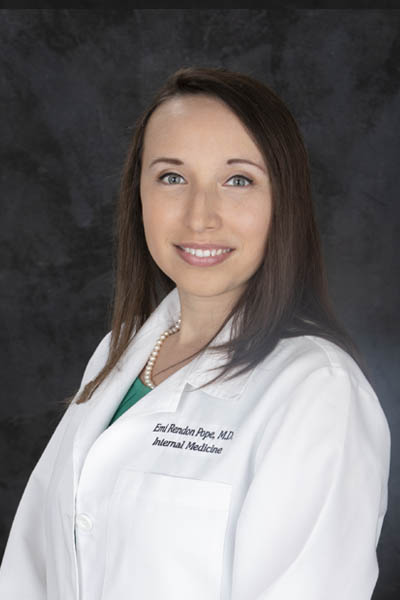
Is SPF 45 any better than SPF 15? Are sunscreen ingredients safe? Get the facts about sunscreen and skin cancer — and find out how much you know about protecting your skin — with our quiz.
True or False: Any sun protection factor (SPF) higher than 15 makes no difference.
False. We hate to be the bearers of bad news, but that SPF 4 tanning oil isn’t helping your skin. As it turns out, a higher number really does filter out more harmful ultraviolet (UV) radiation. An SPF 15 filters out about 93% of all UVB rays, while SPF 30 blocks 97% and SPF 50 keeps out 98%. The differences may seem small, but SPF 30 allows 50% more UV radiation onto your skin than SPF 50.
The American Academy of Dermatology (AAD) recommends sunscreens with at least SPF 30. If you choose a higher SPF, the AAD adds that high SPF sunscreens need to be reapplied just as frequently (every two hours) as low SPF sunscreens — the higher SPF does not mean it protects you longer.
To get the full benefits of sunscreen, make sure you apply it correctly. Use at least 1 ounce (about a shot glass full) every two hours. During a long day at the beach, one person should go through about half of an 8-ounce bottle.
Read More: Protect Yourself from Skin Damage
True or False: The sun’s rays are all dangerous, so you have to block them all.
True. The sun puts out three types of UV radiation:
- UVA rays, which cause skin aging and wrinkling and contribute to skin cancer development
- UVB rays, which cause sunburns and are a major promoter of skin cancer
- UVC rays, which are the most damaging UV rays but don’t reach the earth’s surface
"'Broad-spectrum' sunscreens have been tested and shown to protect you from UVA and UVB rays, so look for that label when navigating the sunscreen aisle," says Dr. Emi Rendon Pope, a board-certified internal medicine specialist who sees patients at Beaufort Memorial Lowcountry Medical Group Primary Care.
True or False: Wearing sunscreen can be bad for you.
False. News reports frequently surface about “toxic” sunscreen ingredients or studies that question whether sunscreen causes cancer. However, the AAD notes that there’s little evidence to support these claims.
"Another common misconception is that wearing sunscreen will limit your ability to get enough vitamin D. While it’s true that the sun’s rays are a source of this nutrient, they certainly aren’t the only one," Dr. Rendon Pope says. "Vitamin D exists naturally in eggs, mushrooms, fatty fish (salmon, sardines, trout and tuna, for instance), and fortified milk, juices and cereals. You can also take a supplement if your healthcare provider recommends one."
Some sunscreen ingredients have been known to irritate skin. If this sounds familiar, try a spot test: Apply a dab on the inside of your elbow once a day for three days. If the spot becomes red or itchy, you may need to find another brand.
Read More: 8 Health Problems You Should Never Ignore
True or False: You should wear sunscreen when it’s cloudy.
True. Even on an overcast day, more than 40% of the sun’s UV radiation reaches Earth. This can lead to serious sunburn, because when you don’t feel the sun’s rays, you may be inclined to spend hours outdoors without protection.
True or False: If I wear sunscreen all day, I can safely veg on a lounge chair by the pool without worry.
False. Sorry, sun worshippers, but SPF is only one aspect of complete sun protection. "No sunscreen blocks 100% of the sun’s rays, so if you are concerned about your risk for developing skin cancer, take additional steps," Dr. Rendon Pope adds. "Cover up with protective clothing, such as lightweight long sleeves and pants, a wide-brimmed hat, and sunglasses that block UV rays, and stay inside when UV rays are strongest, between 10 a.m. and 4 p.m."
Could It Be Skin Cancer?
Skin cancer is the most common form of cancer in the U.S., according to the American Cancer Society. Fortunately, it is also the easiest to treat, if diagnosed early. That’s why it’s so important to know what’s normal for your skin and to know the ABCDEs of melanoma:
- Asymmetry: If you draw a line through the mole, the halves don’t match.
- Borders: The edges of the mole are uneven.
- Color: The mole is different shades of brown, tan or black or even red or blue.
- Diameter: The mole is larger than a quarter inch.
- Evolution: Any change in size, shape or color is a warning sign.
If you’re uncertain as to whether or not a mole could possibly be cancerous, it’s best to consult with your primary care provider.

Concerned about skin cancer?
Submit a photo of a suspicious mole or spot and get screened virtually using BMH Care Anywhere. Call your provider’s office to schedule a visit.
Need a provider?
Find one accepting new patients.
Updated: April 2025

